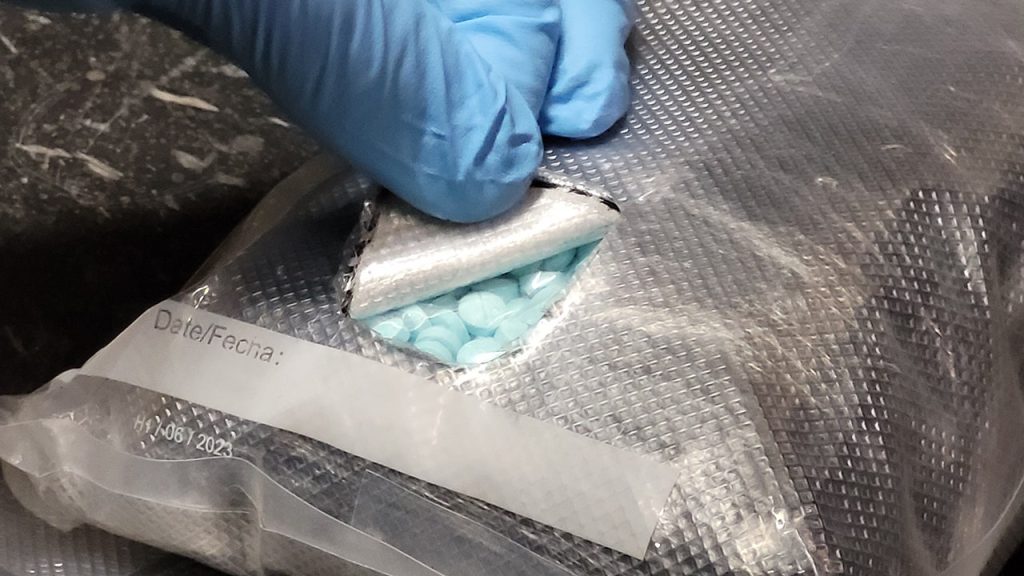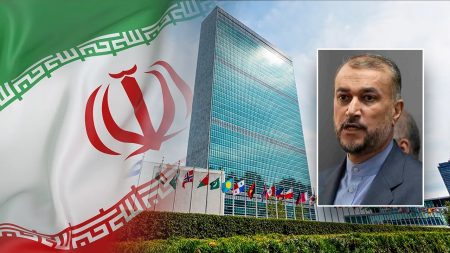Mexico is experiencing a severe shortage of fentanyl for medical use, as reported by the country’s government. The National Commission on Mental Health and Addictions labeled it a worldwide problem, although no specific reason for the shortage was given. Despite the lack of authorized fentanyl for medical use, Mexican cartels are still able to produce and traffic large quantities of the drug illegally. The study by Mexico’s National Commission on Mental Health and Addictions highlighted the paradoxical situation the country is facing with regards to fentanyl availability, as seizures of illegal fentanyl by Mexican cartels have been on the rise.
The report also pointed out that Mexico’s fentanyl imports had decreased by over 50% between 2022 and 2023, leading to a scarcity of the drug for medical use in hospitals. However, Mexican cartels seem to have no problem obtaining precursor chemicals to produce fentanyl on their own, which they then smuggle into the United States. This has led to an increase in illegal fentanyl addiction in Mexican border regions, with Mexico attributing the issue to the excessive use of opiates in the United States. Request for addiction treatment in Mexico saw a significant increase from 72 cases in 2020 to 430 cases in 2023, reflecting the impact of the fentanyl crisis.
The shortage of medical anesthetic drugs in Mexico has resulted in anesthesiologists resorting to acquiring their own supplies and administering multiple doses from a single vial to conserve resources. This practice led to a meningitis outbreak in Durango in 2022 that claimed the lives of approximately three dozen individuals. Despite these challenges, President Andrés Manuel López Obrador briefly considered banning fentanyl for medical use in 2023, a move that was later abandoned following criticism from the medical community. The president has also denied Mexican cartels’ involvement in producing fentanyl, despite evidence suggesting otherwise.
The scarcity of fentanyl for medical use in Mexico has had serious consequences, with reports of anesthetic drug shortages leading to risky practices that resulted in fatal outbreaks. The increase in illicit fentanyl addiction in Mexican border regions has been linked to the drug’s abundance in the United States, highlighting the interconnected nature of the opioid crisis. The insufficient availability of fentanyl for medical use has prompted discussions around potential solutions, including the need for increased regulation and oversight on fentanyl production and distribution. The Mexican government’s response to the crisis has been mixed, with conflicting approaches to addressing both the shortage of legal fentanyl and the proliferation of illicit fentanyl in the country.
In conclusion, Mexico’s fentanyl shortage for medical use has posed significant challenges for healthcare providers and patients, leading to illicit drug trafficking and increased addiction rates. The paradoxical situation of Mexico struggling with a shortage of authorized fentanyl while cartels traffic large quantities of illegal fentanyl highlights the complexities of the opioid crisis. Addressing the root causes of the fentanyl shortage, such as decreased imports and insufficient regulation, will be crucial in effectively tackling the issue and preventing further harm to the population. Collaborative efforts between government agencies, healthcare providers, and international partners will be essential in finding sustainable solutions to Mexico’s fentanyl crisis.















